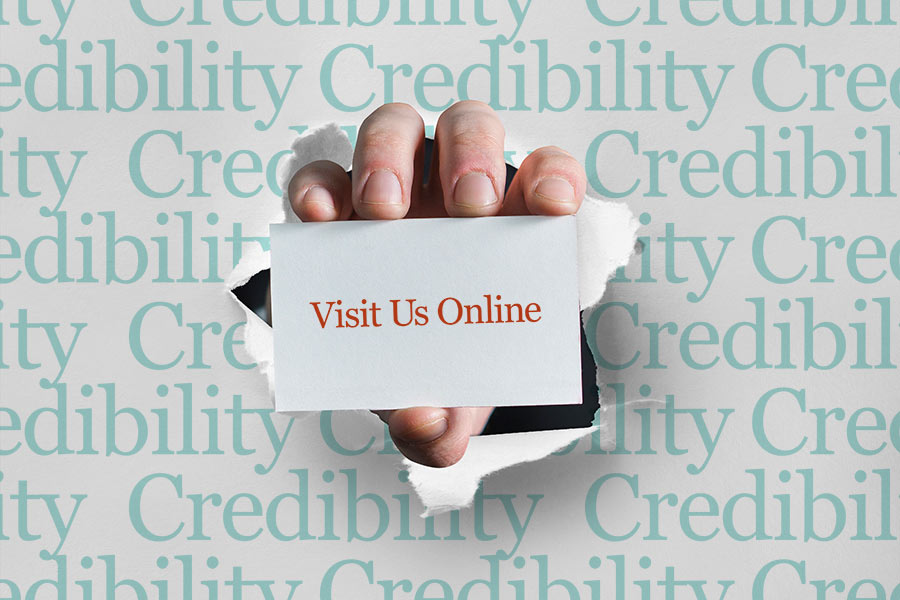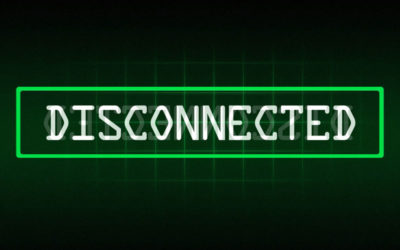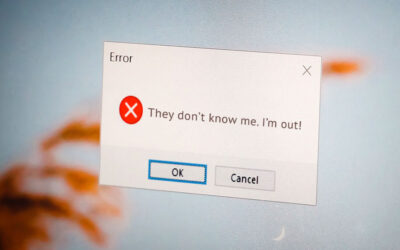When you meet new prospects, network or attend industry events, the moment you share your contact info, your credibility will be on the line. Typically, the first thing most people do when they get back to the office is check out your website. If it doesn’t immediately convey a genuine sense of empathy (quite possibly, your greatest sales tool), you can lose your audience in seconds. If it’s not well-designed and informative, those prospects will quickly turn into missed opportunities. If it doesn’t function properly, they might never get to the first click.
Your website is your most important marketing tool. It’s usually your best opportunity to showcase what makes you great and why it matters to your audience. An effective website will distinguish your business from your competitors, include customer testimonials, and provide a platform to share and promote your subject matter expertise.
But, a successful website does more than look great and make you shine. Effective sites send visitors down a pre-determined path and into a sales funnel. They offer a meaningful call to action (CTA) as an incentive to engage prospects further. Depending on the business type, free downloads, coupons, and new customer discounts can be very effective. Free consultations, while helpful, are typically not effective CTAs, since everybody offers them.
Avoid form over function
While a great design is certainly important, your message matters more. The words always come first. Most great web experiences strike the right balance between words and pictures to communicate. If your message doesn’t connect emotionally with the audience, you’ll risk losing them before they convert to prospects. If it’s too brief, they’ll become bored or, worse yet, won’t be able to make an informed decision. If it’s too wordy, they’ll lose patience and move on. If it’s all about you, guess what? Prospects don’t care about you until they know that you understand and care about them.
Clever animations, embedded videos, and other effects can positively enhance the user experience. But they should be used with discretion and never at the expense of functionality or website speed. Having glitz for the sake of having it can become more distracting than anything.
First, they need to find you
Talented web “designers” are everywhere. But, as outlined above, design is only one part of a successful web strategy. In addition to great design and effective messaging, your website also needs to work properly. It should be mobile-friendly, load quickly, be easy to navigate, and have security (which is no longer a luxury).
Driving traffic to your site is paramount. Even if you cannot afford paid advertising or a big-ticket search engine optimization (SEO) plan, there are still foundational SEO pieces you should have in place. A simple key word strategy, proper image tagging, good readability, and other best practices should be part of every website, no matter how large or small. Having a website without these simple pieces in place is like sitting in a room with the lights turned off. If people can’t see you, what’s the use of being there?
The cost of doing it yourself
Unless you do it for a living, building your own website will likely show and could undermine your marketing. Your competitors have likely hired professionals to build their sites and you should, too. If it’s something you don’t think you can afford, think again. Remember, marketing is an investment and should never be viewed solely as an expense. For early stage and start-up businesses, it’s a prerequisite to profitability and should be a key part of any serious business plan. Focus on the value a professional brings and the time it frees up for you to make money doing what you do best. The so-called savings of building your own website will be far outweighed by the cost of doing it wrong and not following best practices.
If you’ve taken a long time to build a first-rate reputation, don’t let a second-rate website undo it. Your credibility is worth preserving.
Related Posts
15 ways your website could be hurting your business … and what you can do about it
Even if you’ve been able to put a check mark next to that spanking-new website on your marketing to-do list, get out your eraser. Your work has only just begun. A successful website is never once-and-done.
What’s your business DNA and where do you fit in?
It’s always a good idea to take a step back and be more introspective about your unique qualities and strengths. By looking beyond short-term distractions, we often discover that we still have a place to fit in.
Do you look like you belong?
Do you have an outstanding business with an identity that doesn’t stand out? Are you in an exciting start-up struggling to excite others? Does your great track record still not help you gain traction? Perhaps there’s a disconnect between your brand image and your brand identity.
Many businesses make this one big marketing mistake. Is yours?
I recently visited the websites of some of the top design firms in the world. It was both inspiring and, truth be told, slightly intimidating. However, despite that, I did notice one consistent problem with a majority of them.
Are you trapped in a marketing bubble?
We often get too close to our business to see it the way others do. We build a virtual bubble around ourselves and lose the perspective needed to make sound strategic decisions.
Another do-it-yourselfer just got burned
You cannot do it all and do it all well. Nobody can. I certainly can’t. Instead, I’m spending my time doing what I do best to grow my business, make money, and hire seasoned professionals to help with the rest.
Why aren’t you?







